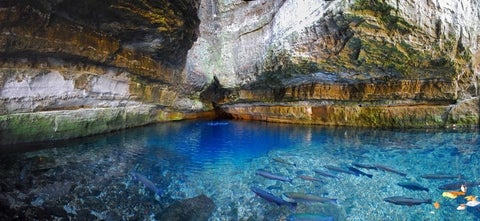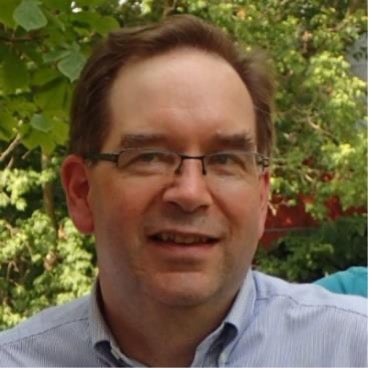
Lithium in brines (Duperow aquifer) in southeast Saskatchewan: a modern-day gold rush

Ben Rostron
Professor Emeritus
Earth & Atmospheric Sciences
University of Alberta
There is currently an enormous exploration interest in brine-hosted lithium from the Duperow/Leduc aquifer in Western Canada. Published concentrations of lithium up to 259 mg/L are found in southeast Saskatchewan, significantly higher than those currently being exploited further west in west central Saskatchewan and Alberta. Yet, the origin of this difference within a single formation has received little attention in the open literature. The question remains: what controls the distribution of lithium in subsurface brines? A second question is: why are there extreme variations in lithium concentrations mapped very close together?
An exploration and testing program was conducted in 2020-2022 to better understand the distribution of lithium in the Duperow aquifer in southeast Saskatchewan. First, a refined lithostratigraphy was developed subdividing the Duperow Formation into 24 mappable units across the area. Second, lithium concentration data were inserted into this refined lithostratigraphy. This led to the identification of widespread continuous zones with correlatable lithium concentrations across the area. Furthermore, putting multiple measurements from a single well (or nearby wells) in their correct stratigraphic position explains the origin of some of the large differences in concentration measurements from the same well: different zones in the Duperow aquifer in the same location can have different lithium concentrations. An exploration program followed, which included drilling one new well, re-completing a nearby well, and re-entering and deepening a third well.
In the first well, lithium concentrations from eight individual zones of the Duperow aquifer ranged from 48 to 173 mg/L. Three of the same individual zones were tested approximately 20 km away in the second well and results were between 53 and 170 mg/L. Zonal concentrations correlated between the wells, over a distance of approximately 20 km. These results support the newly-developed exploration model of a widespread layered distribution of lithium in the Duperow aquifer. The layered distribution of lithium was supported by the third well 7 km further north, albeit with slightly lower concentrations (up to 137 mg/L). However, the final story remains to be told: recent results from a series of wells drilled by a different operator 40 km further northeast have yielded concentrations as high as 259 mg/L. Further drilling is underway.
This talk will review this new type of brine-hosted lithium resource from southeast Saskatchewan and provide the latest public results from this active exploration play.
FREE ADMISSION ~ ALL WELCOME